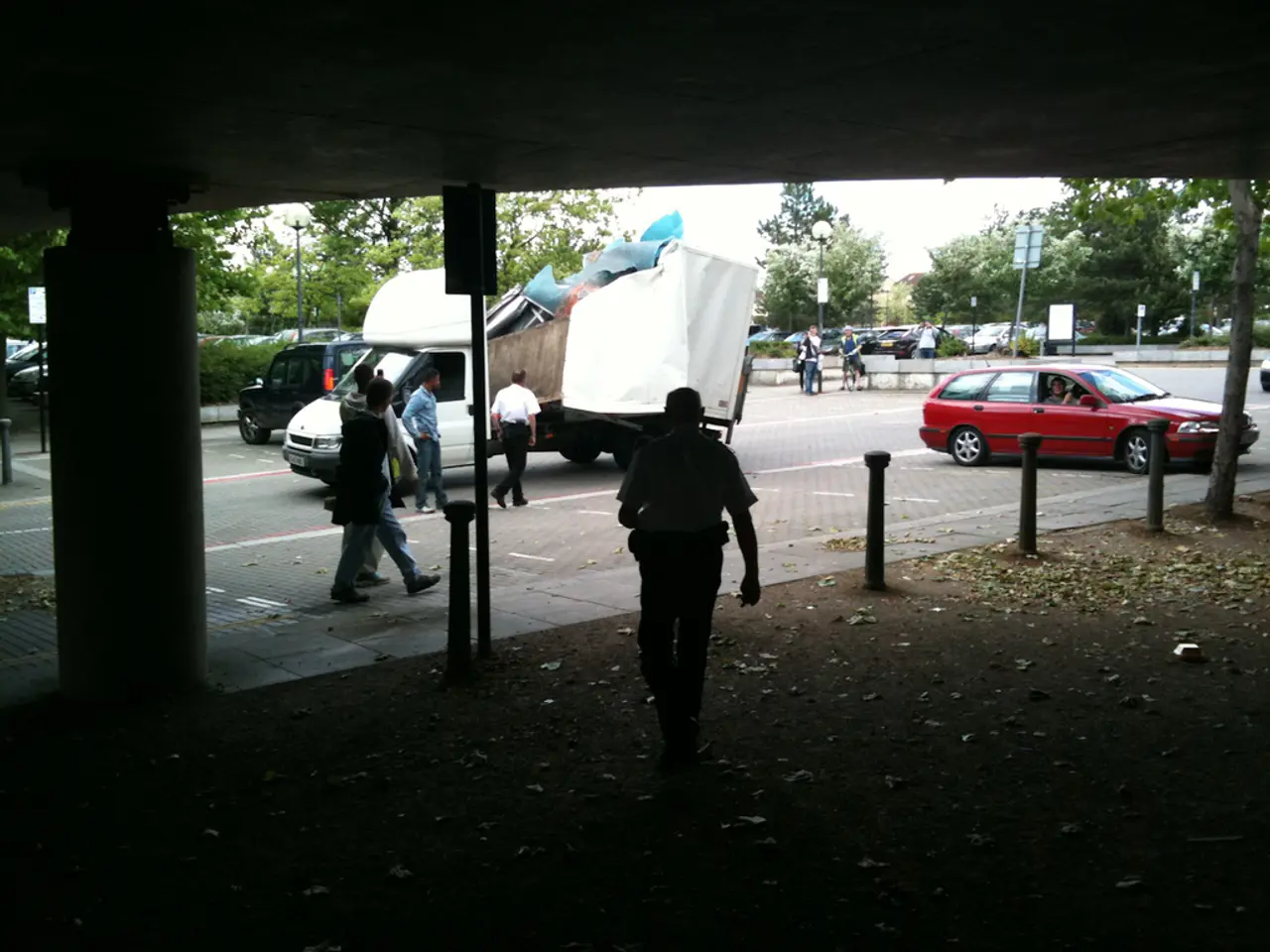Traffic Tales: Always Faster in the Next Lane? Debunking the Myth
Traffic conundrum: Why the adjacent lane on the congested highway appear to be speeding up.
Traffic jams during holidays are nothing short of a headache for drivers. The recent Pentecost holiday saw a 45km standstill on the Austrian Tauern motorway due to a construction site, and more such congestions are on the horizon for the upcoming summer holidays.
Traffic jams test our patience to the limit, as any driver stuck in a never-ending line of cars will tell you. The worst part? When your lane is at a standstill and the lane next to you seems to be sailing smoothly. What gives?
It's all in your head, my friend! Traffic expert and physicist Professor Michael Schreckenberg explains, according to an interview.
Are there better and worse lanes during a traffic jam?
It's mostly a mindgame, says Schreckenberg. You tend to remember the vehicles that have zipped past you because they're now up ahead, making it seem like the other lane is always faster. Meanwhile, cars you pass fade from sight and memory, fueling frustration.
When does changing lanes actually make sense?
Studies show that drivers in a traffic jam believe they're being passed by twice as many cars as they overtake. This illusory deficit drives them to switch lanes, hoping to even the score. Here's the catch - you're likely creating more congestion.
When you switch lanes, you're disrupting the lane's momentum. If one lane was moving faster for a moment, your lane change canceled that advantage out. Plus, your lane change may trigger a traffic wave behind you, causing a chain reaction of braking cars, not something you'll notice as a driver focused on the road ahead.
So, staying put in your lane is the best strategy?
Sticking to a lane helps maintain overall traffic flow, especially during merges. The zipper merge works best when everyone drives up to where the lane ends and then cooperatively moves onto one lane. However, there are always rogue drivers who switch lanes as soon as the narrowing is announced, making the traffic jam last longer.
Curiously, the capacity of the lane heading through a construction site is often untapped due to drivers fighting for position before the narrowing, according to Schreckenberg's research. More cars could drive simultaneously if there weren't so many lane wars before the bottleneck.
Who is Professor Michael Schreckenberg, the Traffic Whiz?
A physicist, Schreckenberg is Germany's most recognized traffic expert. Since 1997, he has held the chair of "Physics of Transport and Traffic" at the University of Duisburg-Essen, where he focuses on improving traffic flow, among other topics. While traffic congestion is a physical issue, Schreckenberg emphasizes the importance of psychology in navigating the roads.
Sources: ntv.de, Tom Nebe, dpa
- Distracted Drivers
- Self-enhancement Biases
- Cognitive Bias
- Pressure Points on Motorways
- Road Safety Organizations
- Driving Performance Mysteries
- In traffic jams, the perception of faster movement in neighboring lanes often stems from a cognitive bias, according to traffic expert and physicist Professor Michael Schreckenberg.
- Studies reveal that drivers tend to switch lanes more frequently in an attempt to even out the perceived advantage of other lanes, but this action often creates more congestion and negatively impacts overall traffic flow.
- According to Professor Michael Schreckenberg, an expert in transport and traffic physics, organization and systems within industries like finance, lifestyle, transportation, and general-news play significant roles in shaping policies related to community and employment, including those addressing road safety, traffic flow, and driver behavior.




